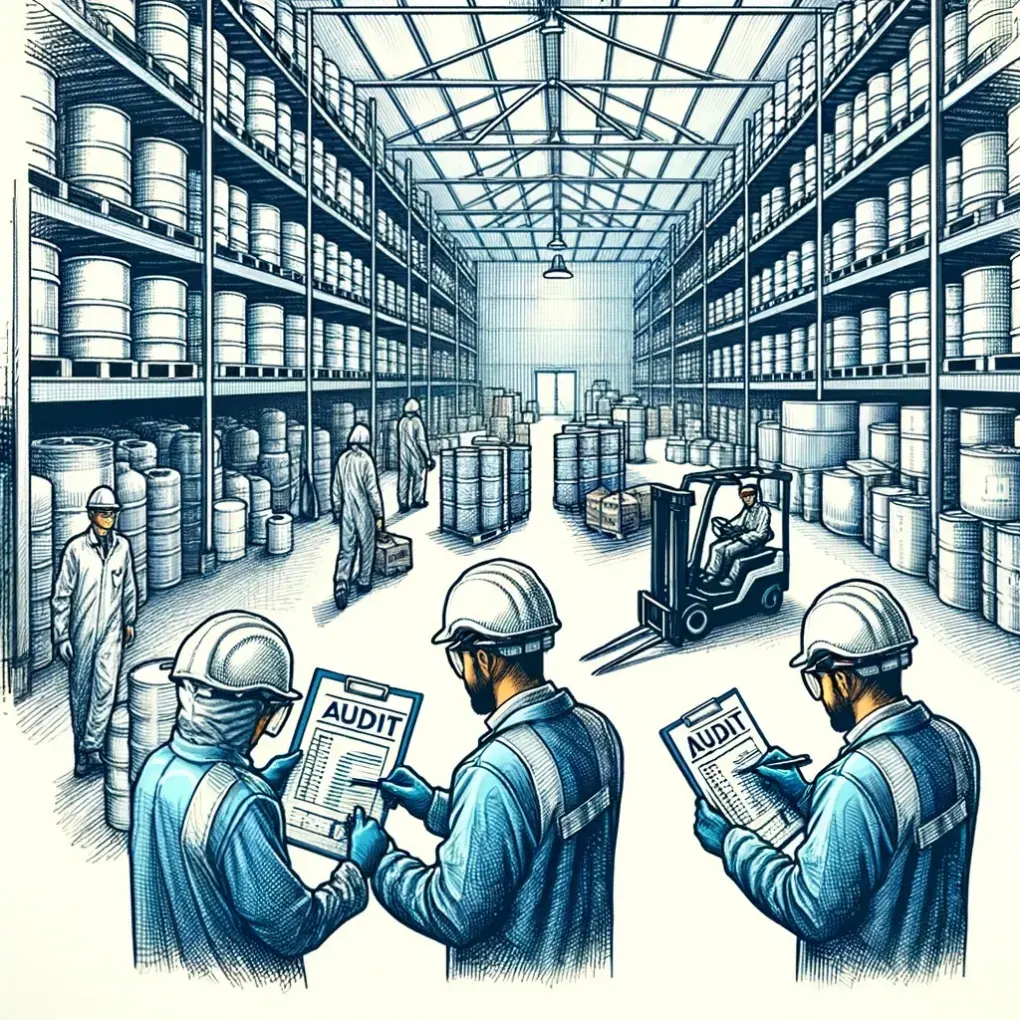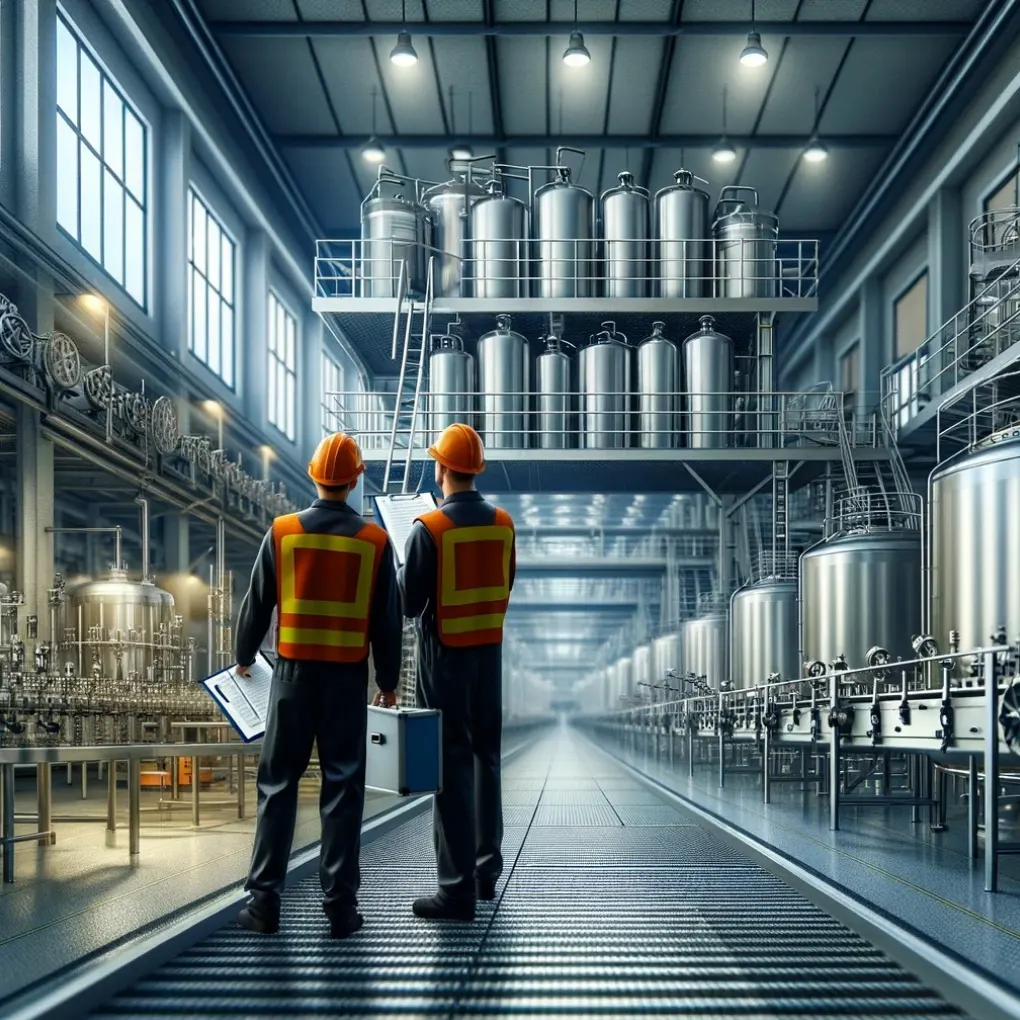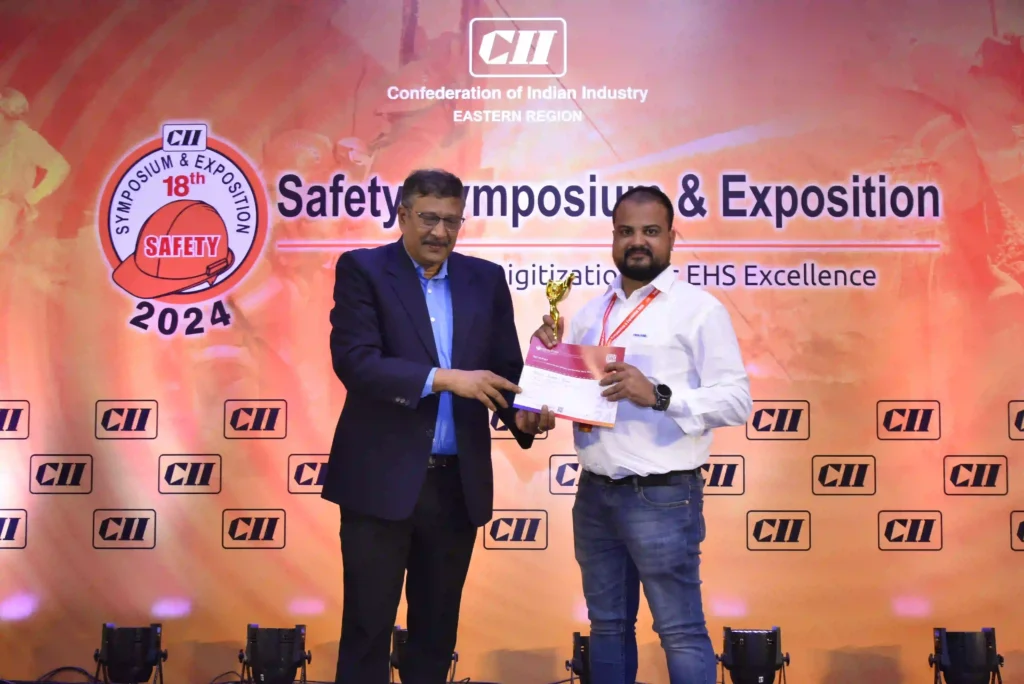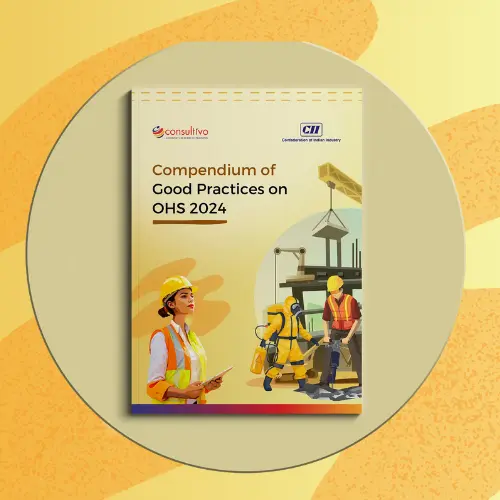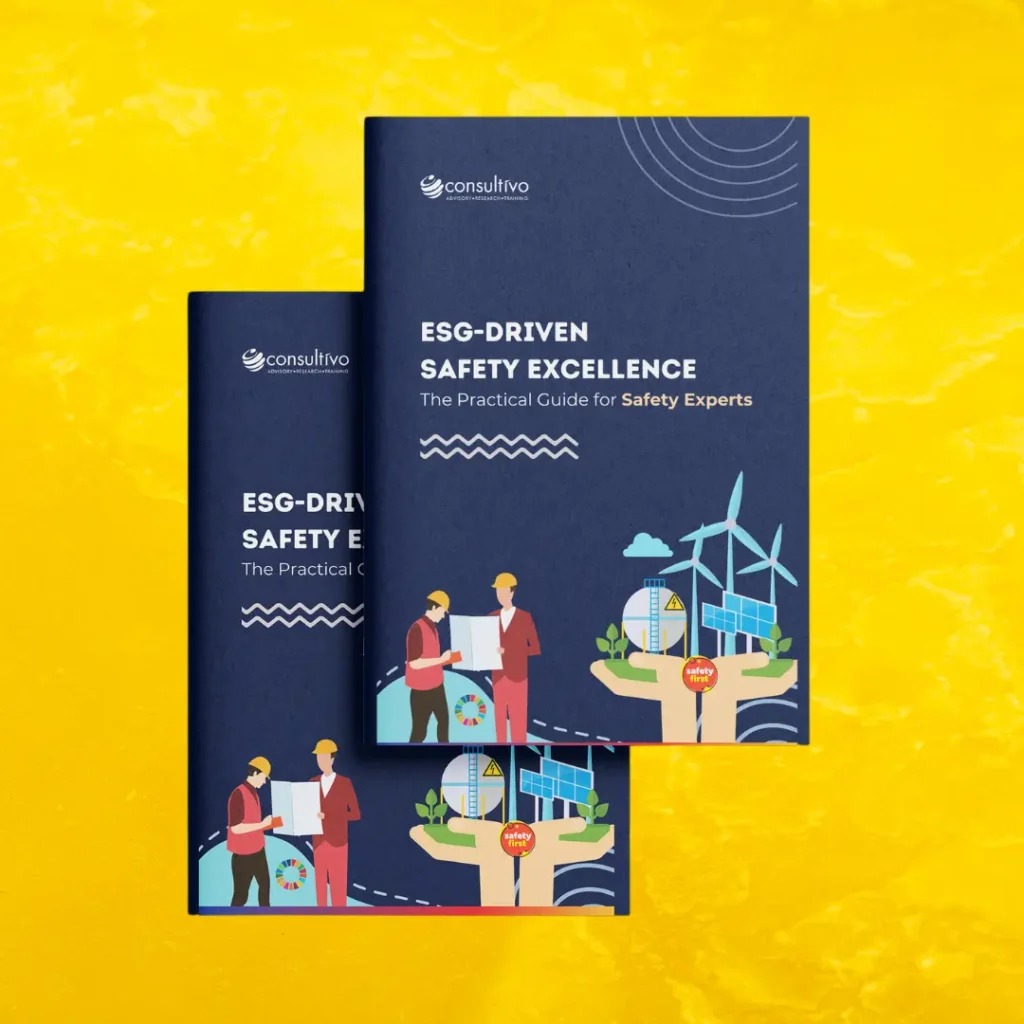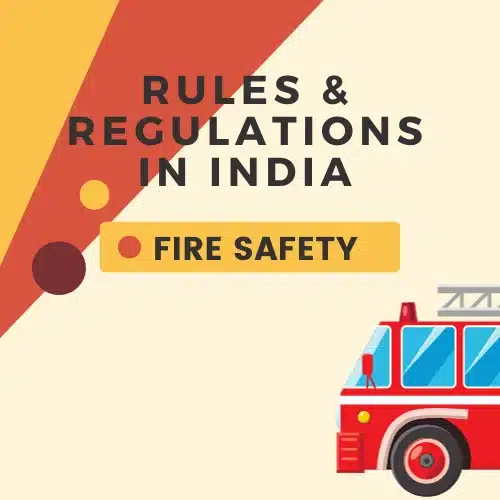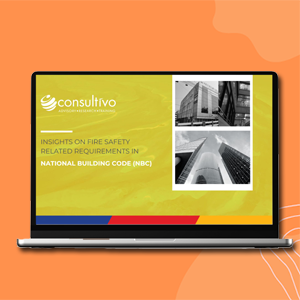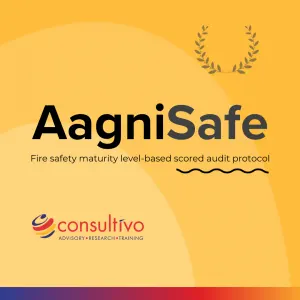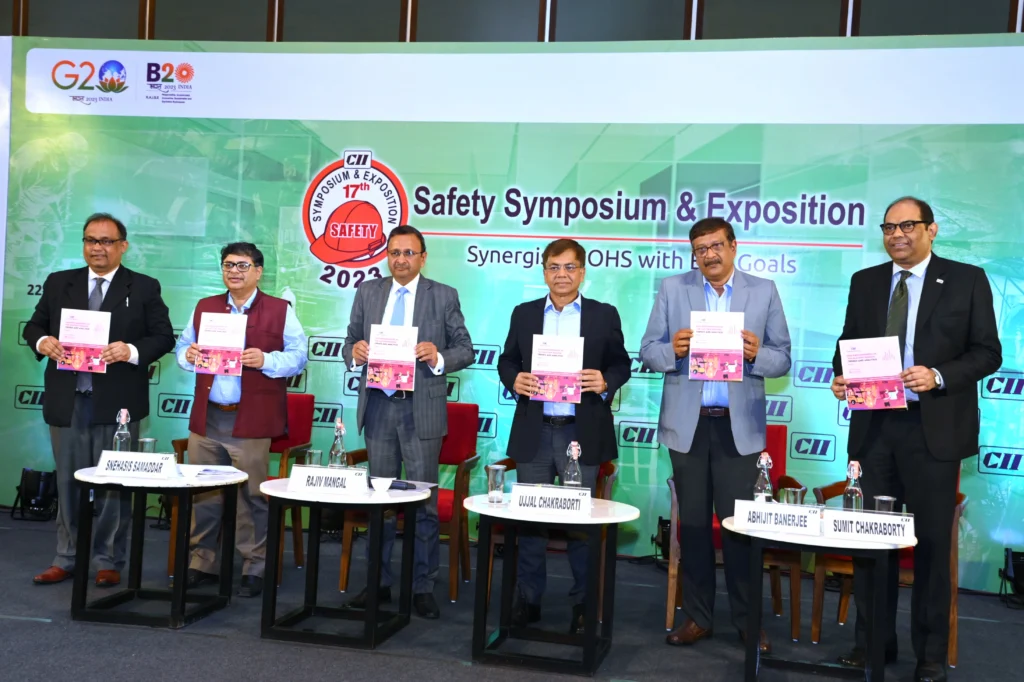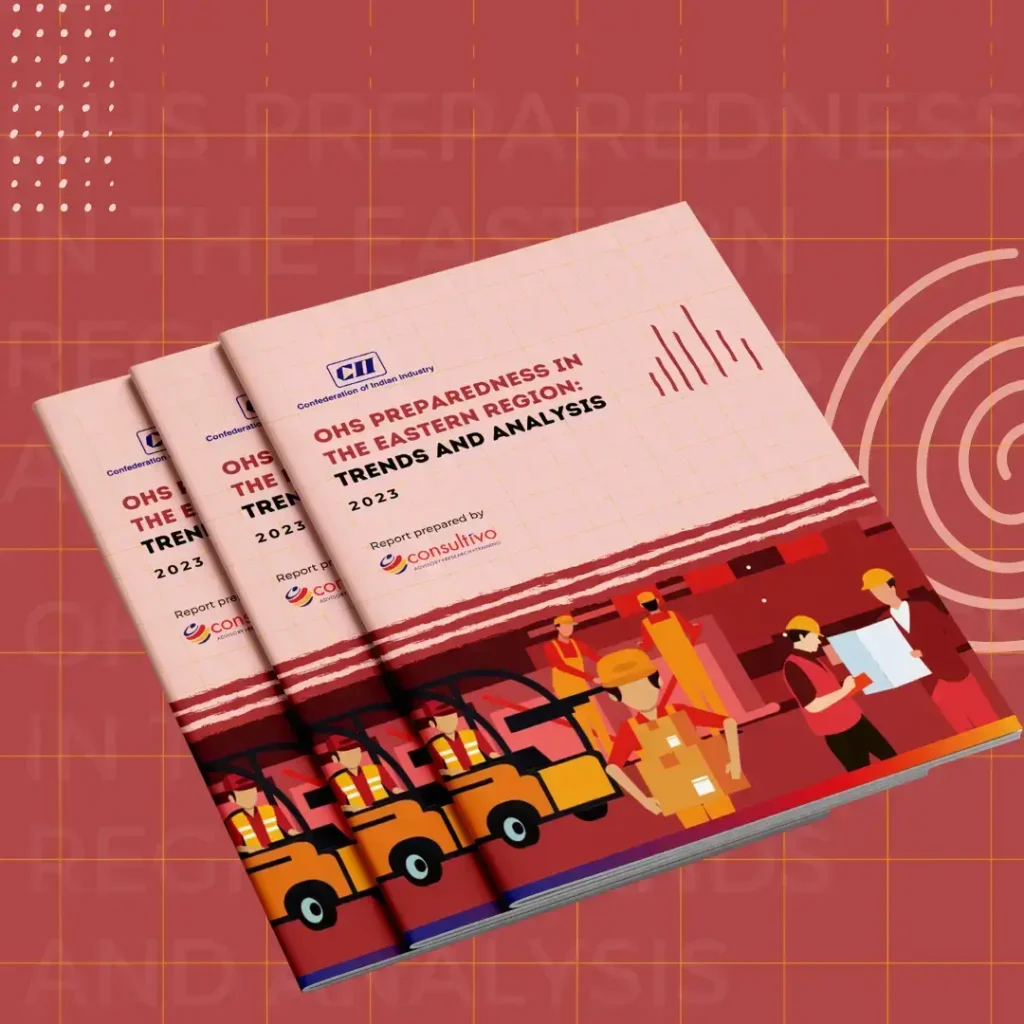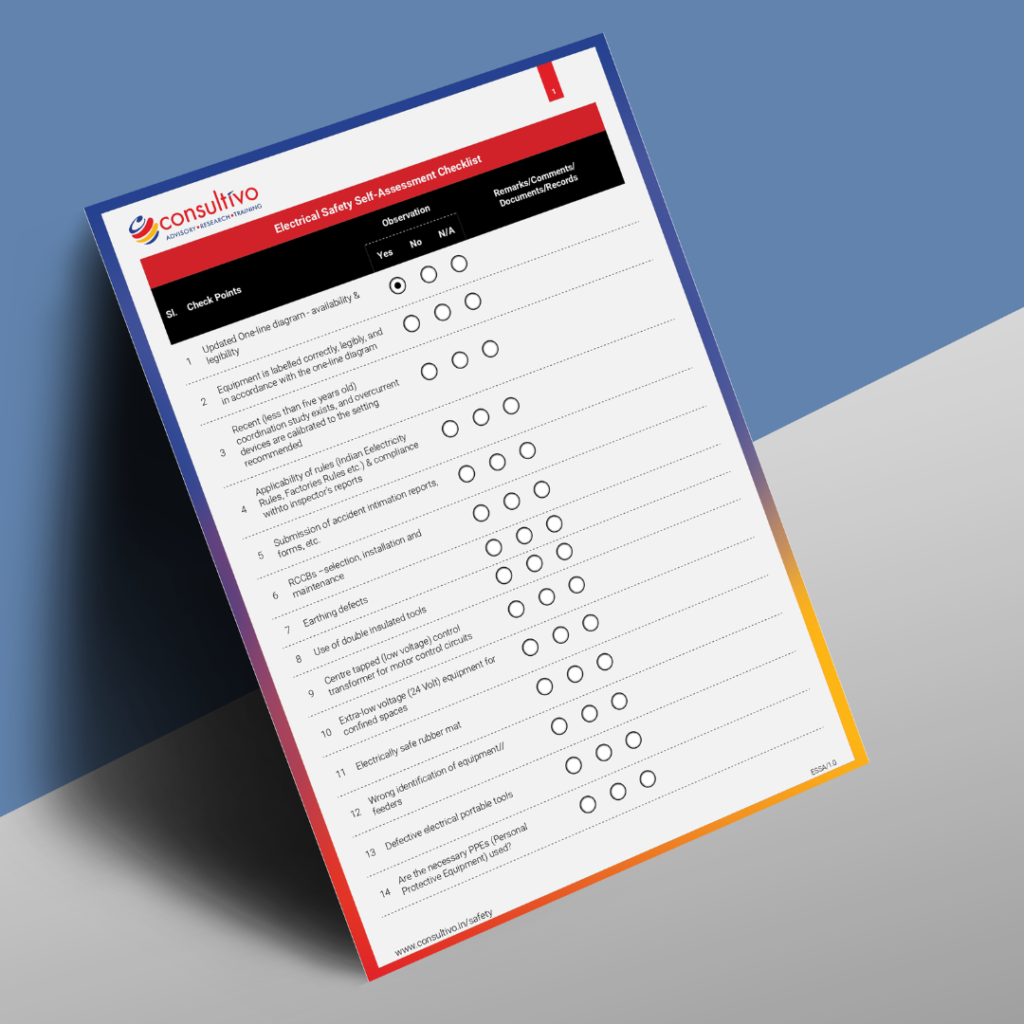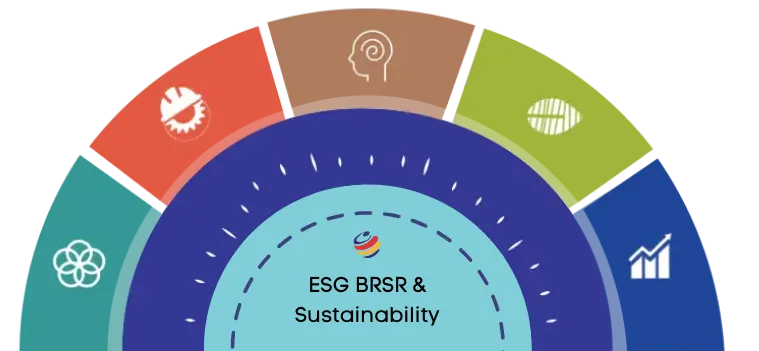Emergency Response Plan ERDMP
Emergency Response Plan ERDMP Advisory, Consulting & Assurance Solutions
Hazardous Industries, High Risk Buildings, and Process Plants
IFC (World Bank Group) Approved Independent Consultant









Resources at strategic locations
PAN India
Mumbai, Kochi, Thane, NCR, Indore, Bengaluru, Chennai, Kolkata, Visakhapatnam, Guwahati, Jamshedpur
Our Presence
2K+ safety audits & assessments
in last two years
India, SAARC Countries & Middle East
Ready to serve anywhere you are
14+ years
at the forefront of Safety Advisory Space
20+ types of Industry Sectors
Manufacturing, Mining, Agri-Business, Power & Utility, Construction, Services, FMCG, Logistics, Commercial High Rise High Risk Buildings, Residential Complexes, Hospitals, Hotels, Shopping Malls, Educational Institutes, Warehouses and Many More.


Emergency Response Plan Consulting Company
Emergency means a situation or scenario which has the potential to cause serious danger to persons, environment or damage to property and which tends to cause disruption inside or outside the premises and may require the help of outside resources.
Disaster means an occurrence of such magnitude as to create a situation in which the normal patterns of life within an industrial complex are suddenly disrupted.
it In certain cases affects the neighbourhood seriously with the result that the people are plunged into helplessness and suffering and may need food, shelter, clothing, medical attention, protection and other life sustaining requirements.
Worried About Your Fire Safety Risk? Think With Us!
Consultivo is one of the leading Fire Protection Consulting Firms in India. Get benefit out of our fire safety consultancy experiences!
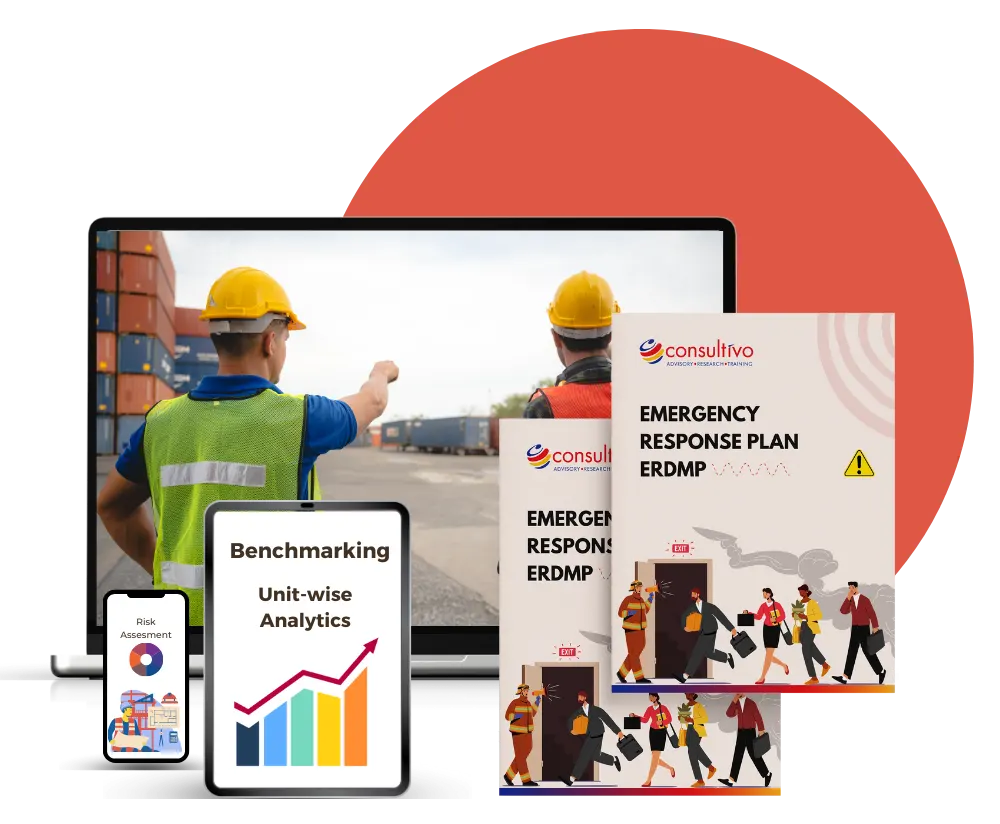
Help you to prepare Emergency Preparedness Plan
In line with Statutory & Regulatory requirements and National & International Standards.
Implementation Support with Tabletop Exercises and Mock Drill
Onsite Support through Document Review, Gap Assessment Tabletop Exercise, and Scenario-based Mock Drills
The impact we create. The excellence we inspire.
Feature Impact Story
The resort and spas, nestled amidst 40 to 50 acres of scenic splendour, faced the constant need to ensure guest and staff safety amidst potential fire hazards. The intricate layout of hotel buildings, huge furniture and furnishing content, diverse facilities, and reliance on flammable fuel sources like LPG demanded a comprehensive fire safety assessment.
Get to know all the elements in your report and how we can help you
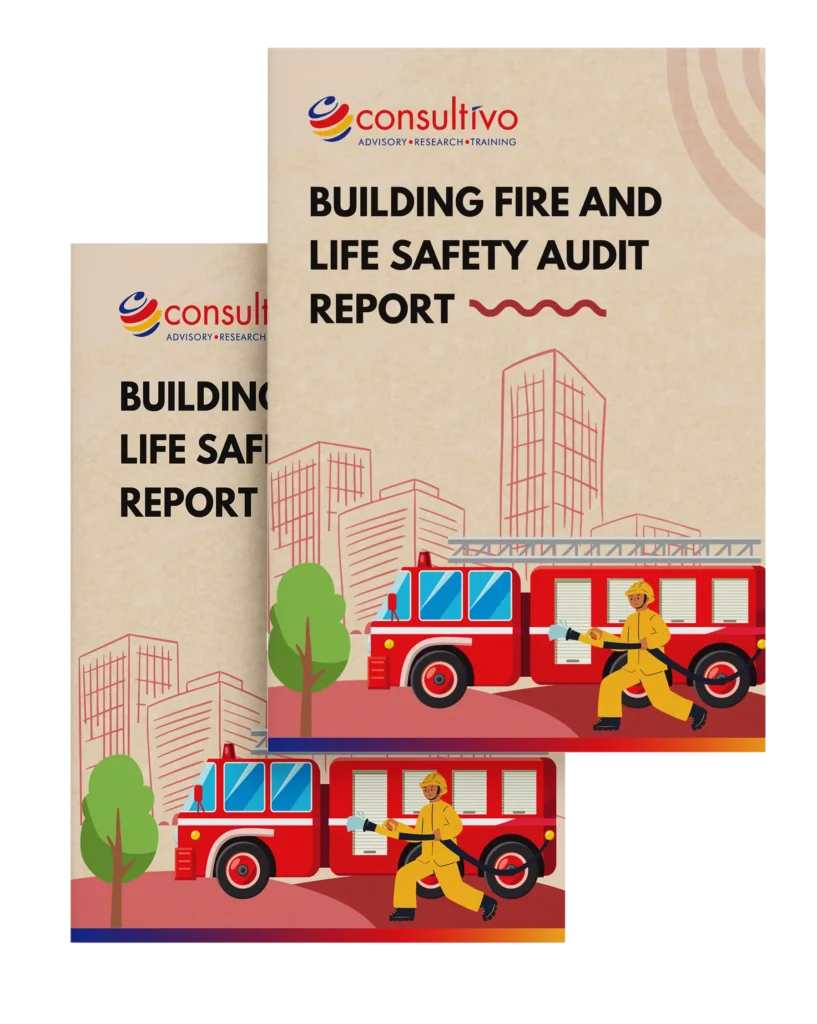
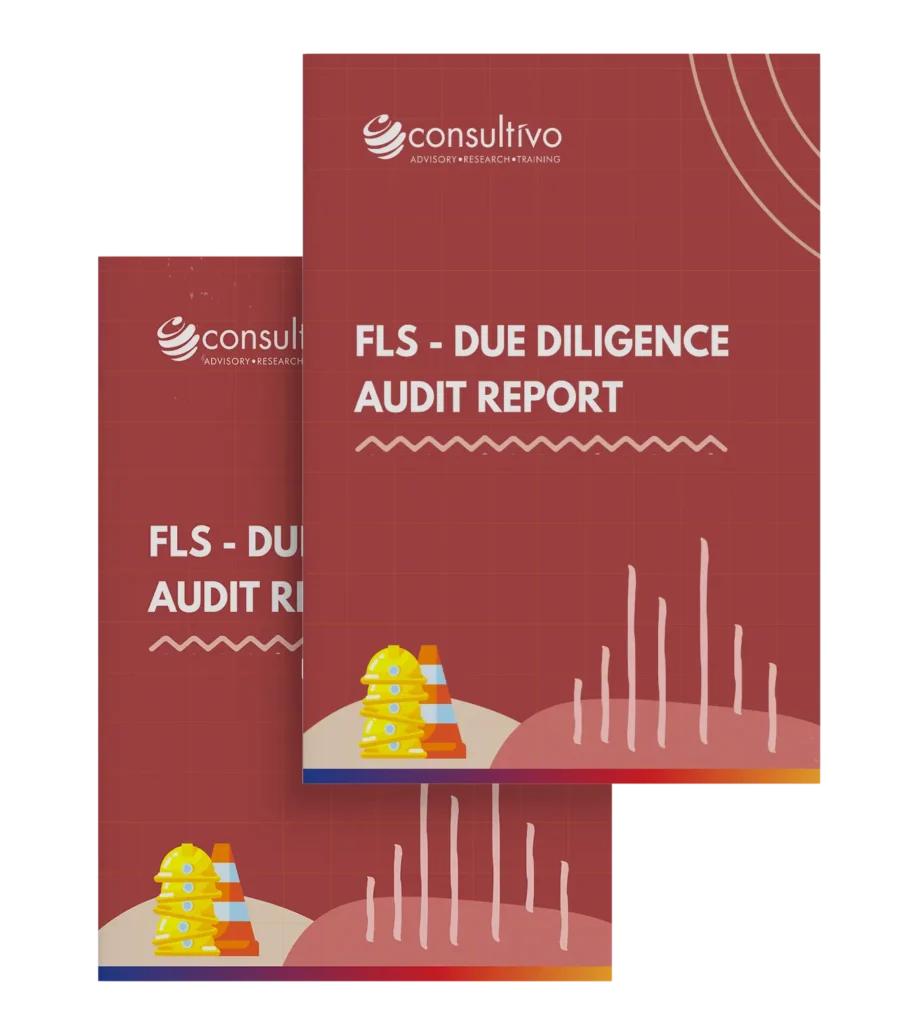
How can we work together?
Fire Safety related risks pose the 3rd most significant threat to businesses in India.
The occurrence of the fire has the potential to cause severe damage to both life & property. Prevention, protection and firefighting in commercial & industrial locations are quite challenging. In addition, it has also become costlier than it needs to be.
As an Independent Fire Safety Consulting Firm, Consultivo helps you to make your loss prevention strategy ready.
Disaster Management Plan means a well-coordinated, comprehensive response plan to contain loss of life, property, environment.
It provides speedy and effective recovery by making the most effective use of available resources in case of a disaster.
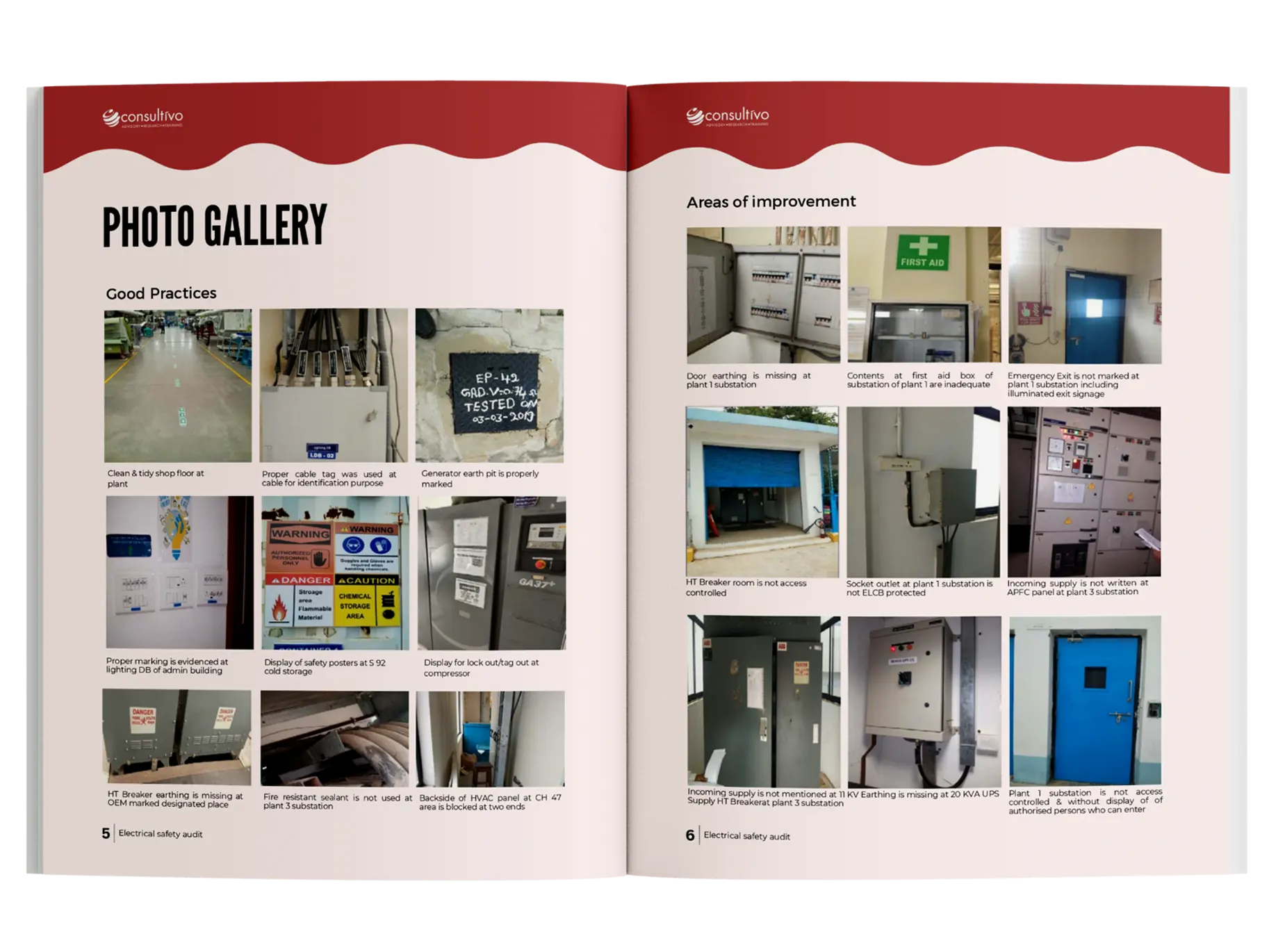
Featured solutions
Our Risk-Based Independent Third Party Fire Audit takes care of the fire-related issues and hazards in a plant, warehouse, facility or high rise building.
Comprehensive, scientific & holistic approach to assess the potential of an outbreak of fire and provide solutions for mitigation.
we help organisations to manage their Fire and Safety Risks. Our Fire Safety Consultants are having years of industry experience to provide you the best suited solutions.
Solutions - How Consultivo can help
Remote Support
On-site Support
Blended support remote & onsite
Consultivo partners in your Safety Excellence journey
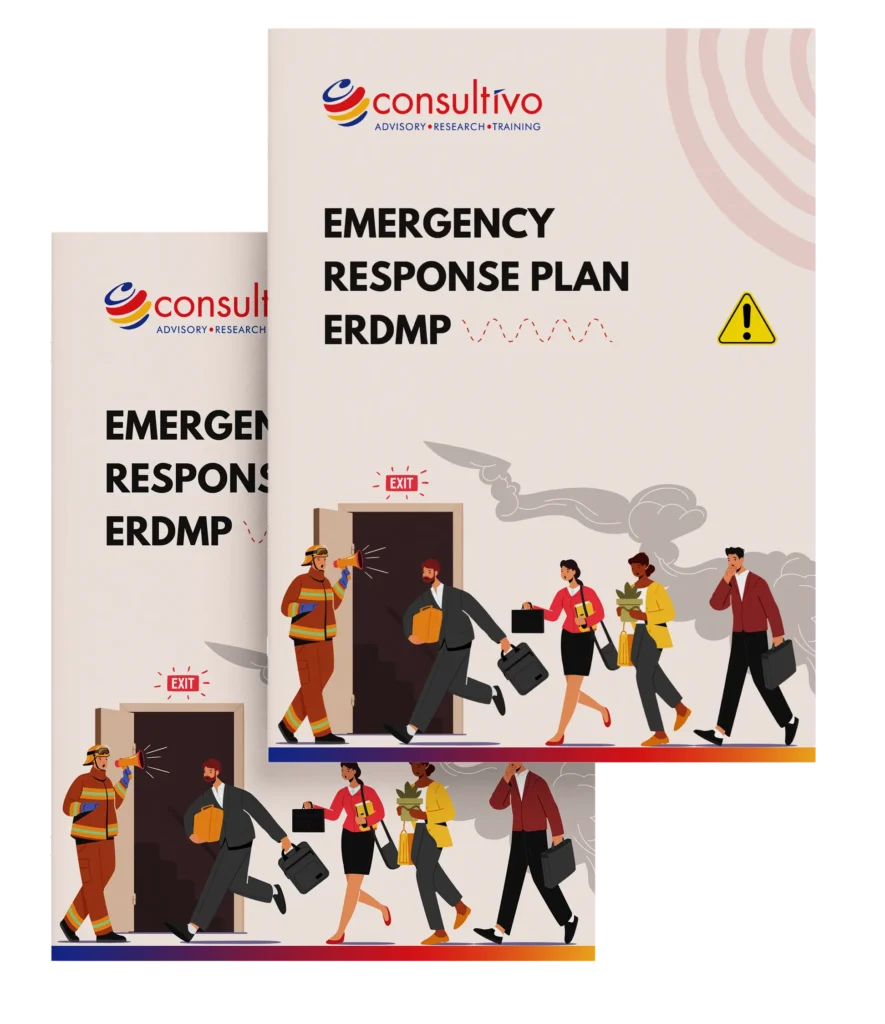
we help organisations to manage their Fire and Safety Risks. Our Fire Safety Consultants are having years of industry experience to provide you the best suited solutions.
2.
Commercial High Rise High Risk Buildings, Residential Complexes, Hospitals, Hotels, Shopping Malls, Educational Institutes, Warehouses
3.
Our Risk-Based Independent Third Party Fire Audit takes care of the fire-related issues and hazards in a plant, warehouse, facility or high rise building.
We develop scenario based plan for a particular highly hazardous process area or equipment with reference to site emergency response plan.
It describes the fire protection and emergency response systems to be used in specific fire scenarios.
Fire and Electrical Safety Audits help organisations to identify & control both Fire and Electrical Safety Hazards together. They are actually interrelated in many aspects.
Acquire individual professional qualification or get your people trained on various methods of fire prevention and mitigation.
8.
- Mock Drill Review, Practice and Handholding
Master your Emergency Response Mock Drills!
Mock drills are one of the most important factors for emergency preparedness. It depends critically on human elements.
9.
- Fire Installation Review Programme (FIRM)
Many a time, the end users & facility owners do not have updated information about the adequacy of the installed fire protection system. Over the years, changes in infrastructure, occupancy, fire load and people affect the efficacy of the system.
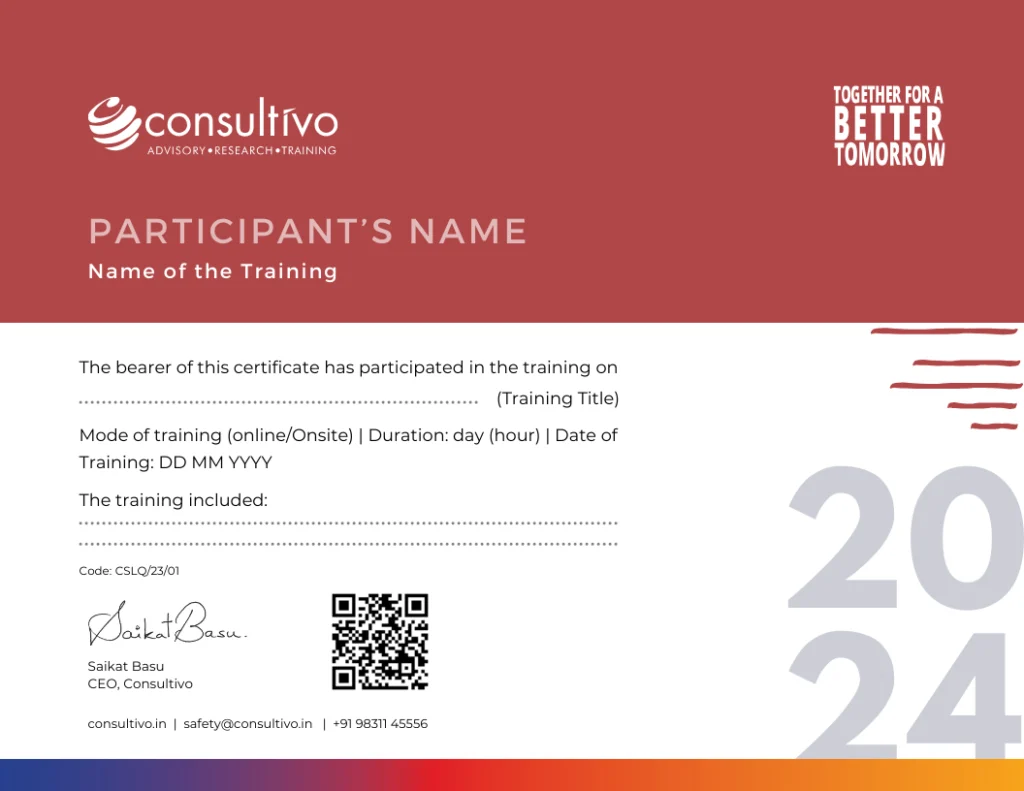

Be a Consultivo Academy Certified Professionals
- Featured training courses
Activities involved in disaster risk management
Disaster or Emergency risk management is the sum total of all activities, programmes and measures that emphasise preparedness and mitigation, and can be taken up before, during and after a disaster with the purpose of averting and minimising the resultant losses.
Activities that are taken up within disaster risk management include:
1.
Before a disaster (pre-disaster)
Activities have taken to reduce human and property losses caused by a potential hazard. These are mitigation and preparedness activities.
2.
During a disaster (disaster occurrence)
Initiatives are taken to ensure that the needs and provisions of victims are met, and their suffering minimised. These are emergency response activities.
3.
After a disaster (post-disaster)
Initiatives taken in response to a disaster with the purpose of achieving early recovery and rehabilitation of the affected communities, immediately after a disaster strikes.

You may also like
LEADING IN
INDEPENDENT SAFETY SOLUTIONS – PAN INDIA
50+
Solutions
600+
Customers
30+
Industry Sectors
1500+
projects In total
22+
States
20+
Languages
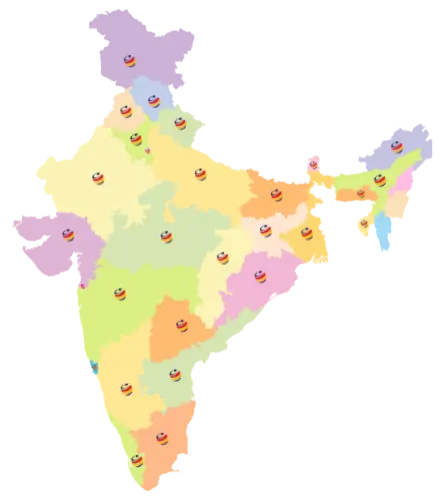

How are we different?
In order to be excellent, we work on our products & services on each project. Few impact points are listed here:
- Ensuring compliance to the National Statutory & Regulatory requirements by use of National & International Codes and Standards
- The major risk contributors are listed out through vulnerability assessment. If contract permits, recommendations are made in order to reduce the risk to ‘As Low As Reasonably Practicable’ (ALARP) Levels as per UK HSE criteria or PNGRB (in India) risk acceptance criteria. Company’s internal criteria for ALARP can also be utilised if the data is shared by company before project initiation.
- Focus on objectivity and quantification when we talk about Risk Assessment through Consequence Analysis, Quantitative Risk Assessment (QRA), Scenario Analysis
- Use of validated software for consequence and risk calculations containing a series of up to date models that allow detailed modelling and quantitative assessment of release rate pool evaporation, atmospheric dispersion, vapour cloud explosion, combustion, heat radiation effects from fires, etc. The basis of software is the hazard model given in TNO Yellow Book.
- Use of the design-basis values for natural hazards such as earthquake, floods, cyclones, Tsunami etc. for estimation of site-specific cases with historical data. They are also determined through various national codes on the design of structures
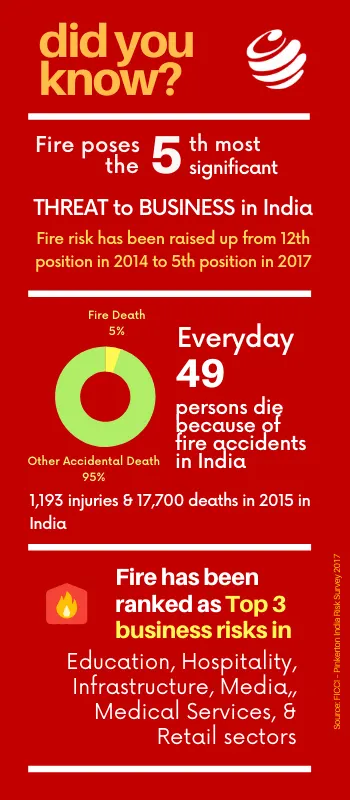

Let's discuss

Browse our Case Study
Read a few of our stories as we partner organisations as an ESG, Sustainability and People Advisory Consulting Firm.
Featured insights
News & Events
Knowledge Bank
Knowledge Bank
Blogs
Blogs
Knowledge Bank
News & Events
News & Events
Knowledge Bank
Knowledge Bank
View more in Impact Stories | Blogs | Knowledge Bank | News and Events
Curiosity Zone

Some more answers to your questions – FAQ
What are the intents of Emergency Preparedness and Disaster Management
- To prevent casualties – both on-site and off-site
- To reduce damage to property, machinery, public and environment
- To develop a state of readiness for a prompt and orderly response to an emergency and to establish a high order of preparedness (equipment, personnel) commensurate with the risk
- To provide an incident management organogram with clear missions and lines of authority (incident command system, field supervision, unified command)
- To ensure orderly and timely decision-making and response process (notification, standard operating procedures)
- To maintain good public relations
What are the key characteristics of an Emergency Response/Preparedness and Disaster Management Plan?
- Emergency Response Plan It can be used as a tool to manage emergency
- It is concise and informative so that members of the emergency control organisation should be able to quickly refer to the action plan to determine important functions that are being carried out
- A reference material, for proactive preparation throughout the year
- Always Up to date
- Specific and customised to the site
- Covers all probable emergency or disaster situations, both natural and human-induced
- Scenarios backed up by quantitative consequence modelling as much as possible
Who needs an Emergency Response/Preparedness and Disaster Management Plan ERDMP?
For all practical purposes, all organisation need an Emergency Response/Preparedness and Disaster Management Plan (ERDMP) as a Loss Prevention Measure. However, for hazardous industries and processes, it’s mostly mandated under country specific legal requirements. Few of the focus industries are:
- Oil and Gas sector installations like hydrocarbons processing entities, gaseous/liquid product pipeline, oil and natural gas terminals & commercial storage and transportation, hydrocarbons gas bottling Installations including CNG, city gas distribution facilities and retail outlets
- Units with Hazardous processes and or substances as directed by different legal requirements
- Download Consultivo Knowledge Presentations here
GLOBAL Experience




